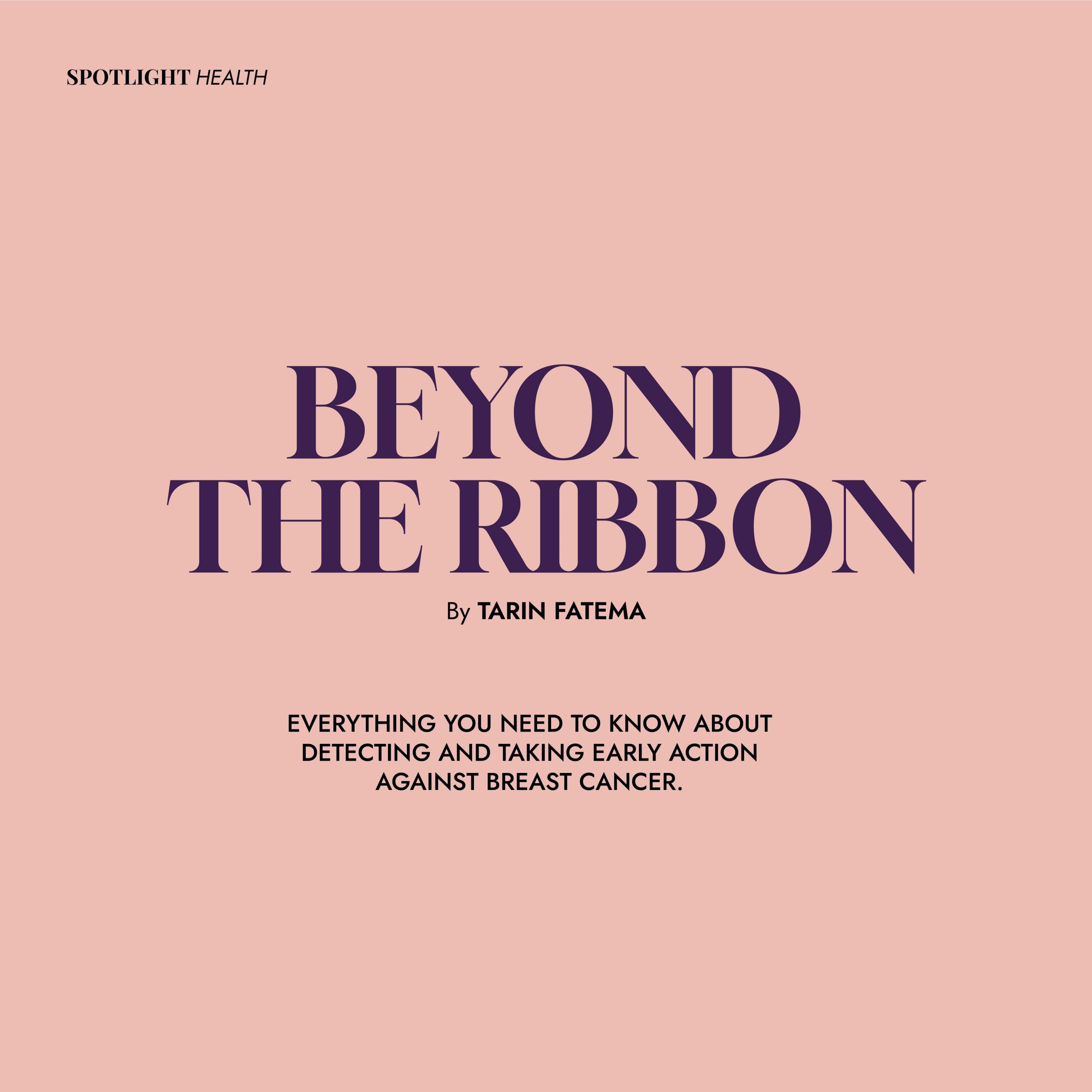
When it comes to breast cancer, a disease that affects millions of women worldwide, a surprising number of women hesitate to take the first step. Lack of knowledge, high treatment costs, and cultural or religious beliefs play a major role in this. In rural areas, limited access to healthcare and body image concerns may further discourage women from prioritising their breast health. For young women, cancer often seems like a distant, abstract concept that only happens to other people. This pervasive mindset, combined with fear of the unknown and the discomfort of the screening process, can discourage them from seeking early detection. However, the harsh reality is that breast cancer can happen to anyone, regardless of age or family history.
Benefits of Early Detection
While a breast cancer diagnosis can be devastating, catching the disease early has significant advantages. Early detection remarkably improves survival rates. Patients diagnosed at the early stages have a five-year survival rate of 99 percent, as opposed to 31 percent for those diagnosed at later stages. Studies show that breast cancer screening can reduce mortality by approximately 20 percent. Additionally, early detection often allows for less aggressive treatment options, improving the prognosis and reducing the financial burden associated with more extensive care.
A Breast Self-Exam (BSE), which involves examining your breasts on your own, is an important way to detect breast cancer early. Although no single test can provide 100 percent accurate results, performing a BSE followed by other screening methods can increase the odds of early detection. It also helps to get a yearly check-up done by a professional, especially if there’s a history of breast cancer in your family.
Having said that, every screening test has its own benefits and risks. Therefore, it’s crucial to discuss your situation with your doctor before undergoing any screening, such as a mammogram or biopsy. While screening can help detect cancer early, it can also lead to overdiagnosis.
A Home-Based Approach
A BSE is a convenient and free tool that you can use at home on a monthly basis. As part of your overall breast cancer screening routine, incorporate these five steps:
Step 1: Examine Your Breasts in a Mirror With Hands on Hips
Inspect your breasts in front of a mirror with your shoulders straight and your arms resting on your hips. Look for:
– Anything unusual in the size, shape, or colour of your breasts.
– Any visible distortion or swelling.
– Dimpling, puckering, or bulging of the skin.
– A nipple that has changed position or an inverted nipple (pushed inward instead of sticking out).
– Redness, soreness, rash, or swelling.
If you notice any of the above-mentioned changes, bring them to your doctor’s attention.
Step 2: Raise Arms and Examine Your Breasts
Next, raise your arms above your head and look for the same changes mentioned in step one.
Step 3: Look for Signs of Breast Fluid
While in front of the mirror, look for any signs of fluid discharge from either of your nipples. It could be a watery, milky, yellow fluid, or blood.
Step 4: Check for Breast Lumps While Lying Down
Lie down and feel your breasts for lumps. Use your right hand to feel your left breast, and vice versa. Apply firm, smooth pressure with your fingers, moving them in small circles. Cover the entire breast from top to bottom and side to side. Use a patterned movement starting at the nipple and moving outward in larger circles. Feel all the tissue from the front to the back of your breasts, using different levels of pressure: light for the skin, medium for the middle, and firm for the deep tissue. Feel all the way down to your ribcage.
Step 5: Check Your Breasts for Lumps While Standing or Sitting
Lastly, check your breasts while standing or sitting. Many women find it easier to do this while taking a shower when their skin is wet and slippery. Cover your entire breast, using the same hand movements described in step 4.
Make it a routine. Try to develop the habit of performing a breast self-examination once a month to familiarise yourself with how your breasts normally look and feel. The more you learn about them, the easier it is to recognise changes.
Try not to panic if you think you feel a lump in your breast. Most women have some lumps or lumpy areas in their breasts all the time, and most breast lumps turn out to be benign (not cancerous). Don’t hesitate to consult a doctor if you have noticed a new and concerning lump or any other changes in your breasts. Seek answers. It’s important that your doctor explains the cause of the lump or other changes and, if necessary, develops a plan for monitoring or treating it. If you’re not comfortable with your doctor’s advice, don’t hesitate to seek a second opinion.
Creating Real Change
While the pink ribbon has become a symbol of Breast Cancer Awareness, it’s important to move beyond surface-level promotion and focus on actionable steps that can drive real change. Efforts need to be made to address disparities in breast cancer outcomes among different racial, ethnic, and socioeconomic groups. We should advocate for policies that ensure accessible and quality treatment for all, regardless of financial means. Incorporating breast cancer education into school curriculums is crucial. Government initiatives should include workshops in colleges and universities to teach students BSE techniques. Additionally, government funding for free screenings in remote and rural areas is essential. Through these actions, we can significantly improve the lives of those affected by breast cancer.
